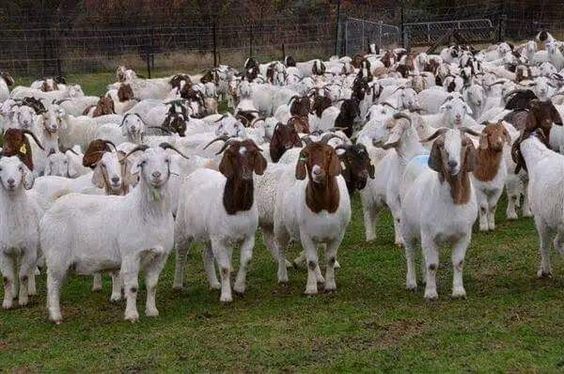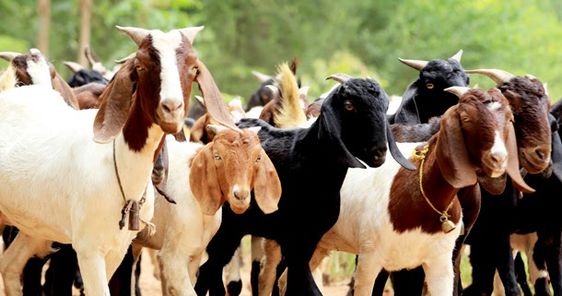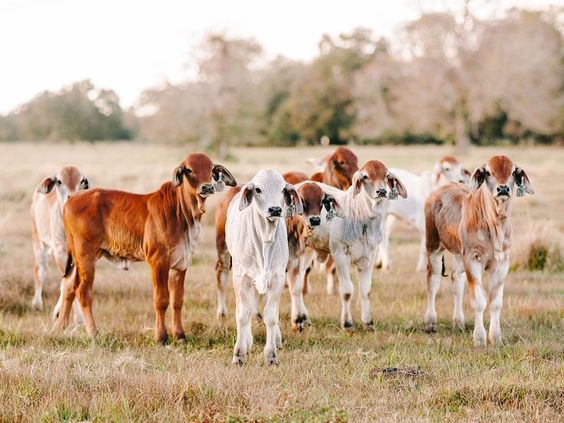Goat Production Efficiency: Boost Your Profits and Wellbeing
Goat Production Efficiency offer a multitude of benefits to farmers, providing meat, milk, fiber, and even manure for fertilizer. However, maximizing your profits and minimizing waste requires a focus on goat production efficiency. This article dives deep into various aspects of goat production efficiency, equipping you with the knowledge to optimize your herd’s performance.
Understanding Goat Production Efficiency
Goat production efficiency refers to the ability to achieve the desired output (meat, milk, fiber) with minimal input (feed, labor, resources). It encompasses various aspects of goat husbandry, from breeding practices to housing design. By focusing on efficiency, you can:
- Increase profitability: Produce more with less, leading to higher returns.
- Reduce environmental impact: Lower resource consumption benefits the environment.
- Improve animal welfare: Efficient practices contribute to healthier and happier goats.
Factors Affecting Goat Production Efficiency
Several key factors influence goat production efficiency. Let’s explore some of the most important ones:
- Breed selection: Choosing breeds suited to your production goals (meat, milk, fiber) is crucial. Consider factors like growth rate, milk yield, and kidding rate.
- Reproduction management: Implementing effective breeding strategies ensures a consistent supply of offspring. This includes heat detection, proper sire selection, and efficient kidding management.
- Nutrition: Providing a balanced diet that meets the goats’ nutritional requirements for growth, reproduction, and milk production is essential. Factors like feed quality, quantity, and feeding practices all play a role.
- Health management: Maintaining a proactive approach to animal health through vaccination, parasite control, and regular health checks helps prevent diseases and production losses.
- Housing: Providing goats with a comfortable, clean, and well-ventilated housing environment minimizes stress and promotes optimal health.
- Milking efficiency: For dairy goats, techniques like milking routines, milking equipment, and udder health management significantly impact milk production and quality.
- Herd management: Effective record-keeping, culling practices, and labor management are crucial for efficient overall herd management.
Strategies to Enhance Goat Production Efficiency
Here are some key strategies you can implement to improve efficiency in each of these areas:
1. Breed Selection:
- Research and select breeds that align with your production goals.
- Consider factors like climate adaptation, feed efficiency, and multiple kidding abilities for meat production.
- For dairy goats, prioritize breeds known for high milk yield and quality.
2. Reproduction Management:
- Implement heat detection methods to identify breeding opportunities.
- Use a planned breeding program with proven sires to improve offspring quality.
- Provide proper nutrition during gestation and lactation to support reproduction and offspring development.
3. Nutrition:
- Conduct feed analysis to understand the nutritional content of your available feeds.
- Formulate balanced rations that meet the goats’ specific needs based on age, physiological stage, and production goals.
- Explore options like grazing management, supplementation with concentrates, and optimizing feed delivery methods to minimize waste.
4. Health Management:
- Develop a vaccination program to protect your herd from common diseases.
- Implement a parasite control program to prevent internal and external parasites from affecting goat health and productivity.
- Regularly monitor your herd for signs of illness and provide prompt treatment when necessary.
5. Housing:
- Design or modify housing facilities to provide adequate space, ventilation, and protection from the elements.
- Ensure proper drainage to prevent moisture buildup and promote hygiene.
- Provide comfortable bedding to promote good animal welfare.
6. Milking Efficiency:
- Train yourself or your workers in proper milking techniques to maximize milk yield and minimize udder stress.
- Maintain a clean and hygienic milking environment to prevent milk contamination.
- Invest in appropriate milking equipment that is efficient and comfortable for both the goats and the milker.
7. Herd Management:
- Maintain accurate records of your goats, including breeding dates, kidding history, health treatments, and production data.
- Implement a culling strategy to remove unproductive or unhealthy animals from the herd.
- Optimize labor practices to ensure all aspects of goat care are addressed efficiently.
Additional Considerations for Efficiency
- Technology: Explore the use of technology like automated feeders, milking machines, and herd management software to streamline processes and improve efficiency.
- Biosecurity: Implement biosecurity measures to prevent the introduction of diseases into your herd.
- Marketing: Efficient marketing strategies can ensure you get a fair price for your products (meat, milk, fiber) and maximize your return on investment.






